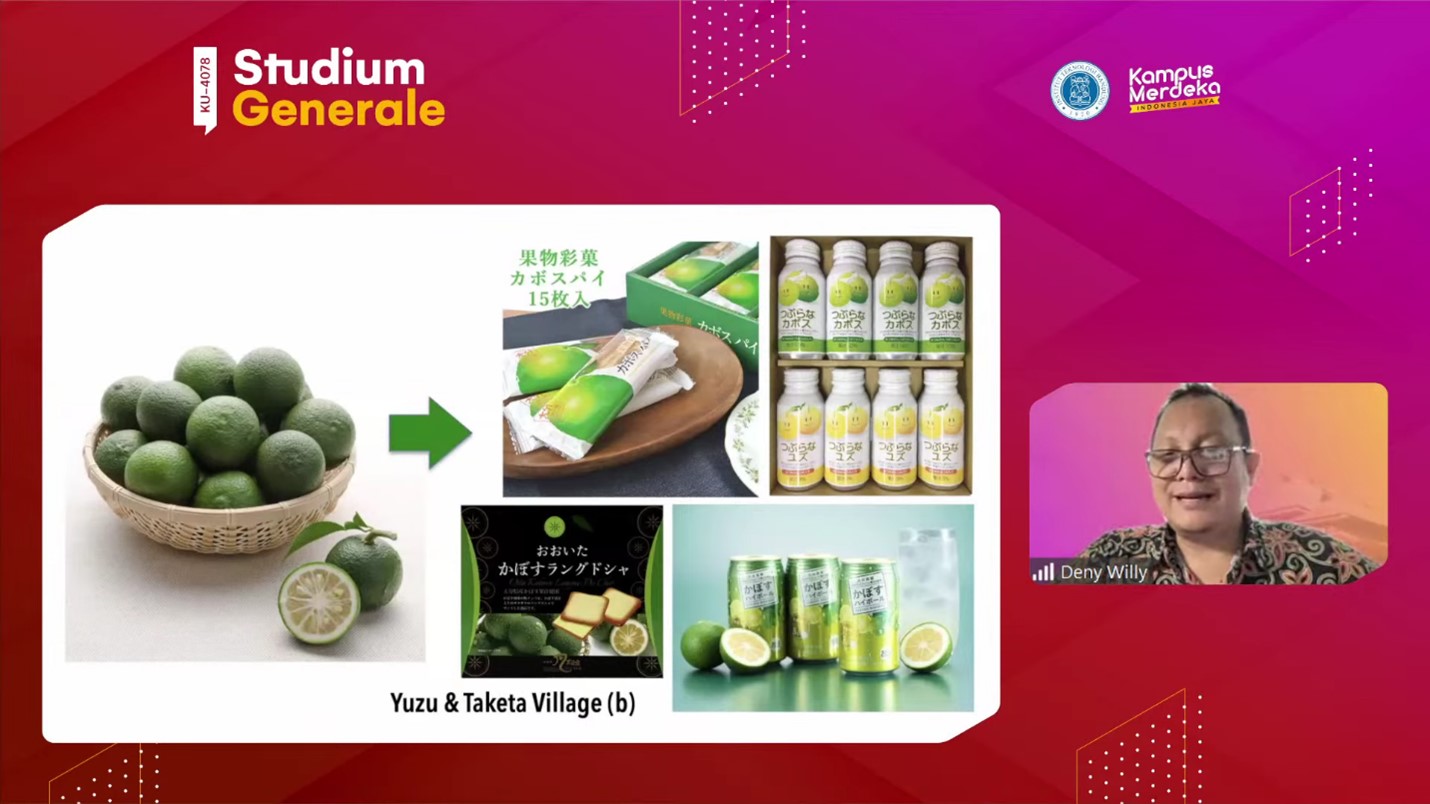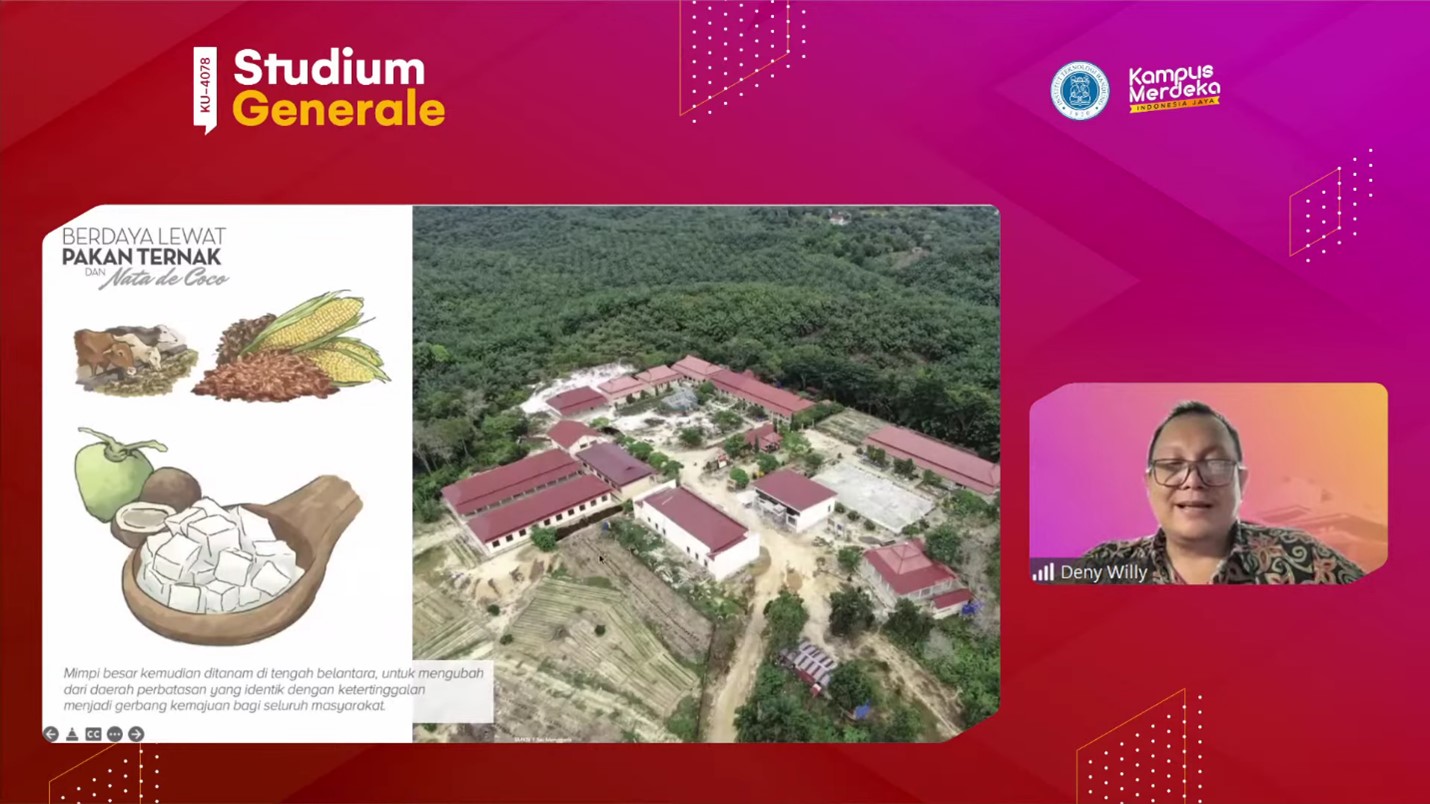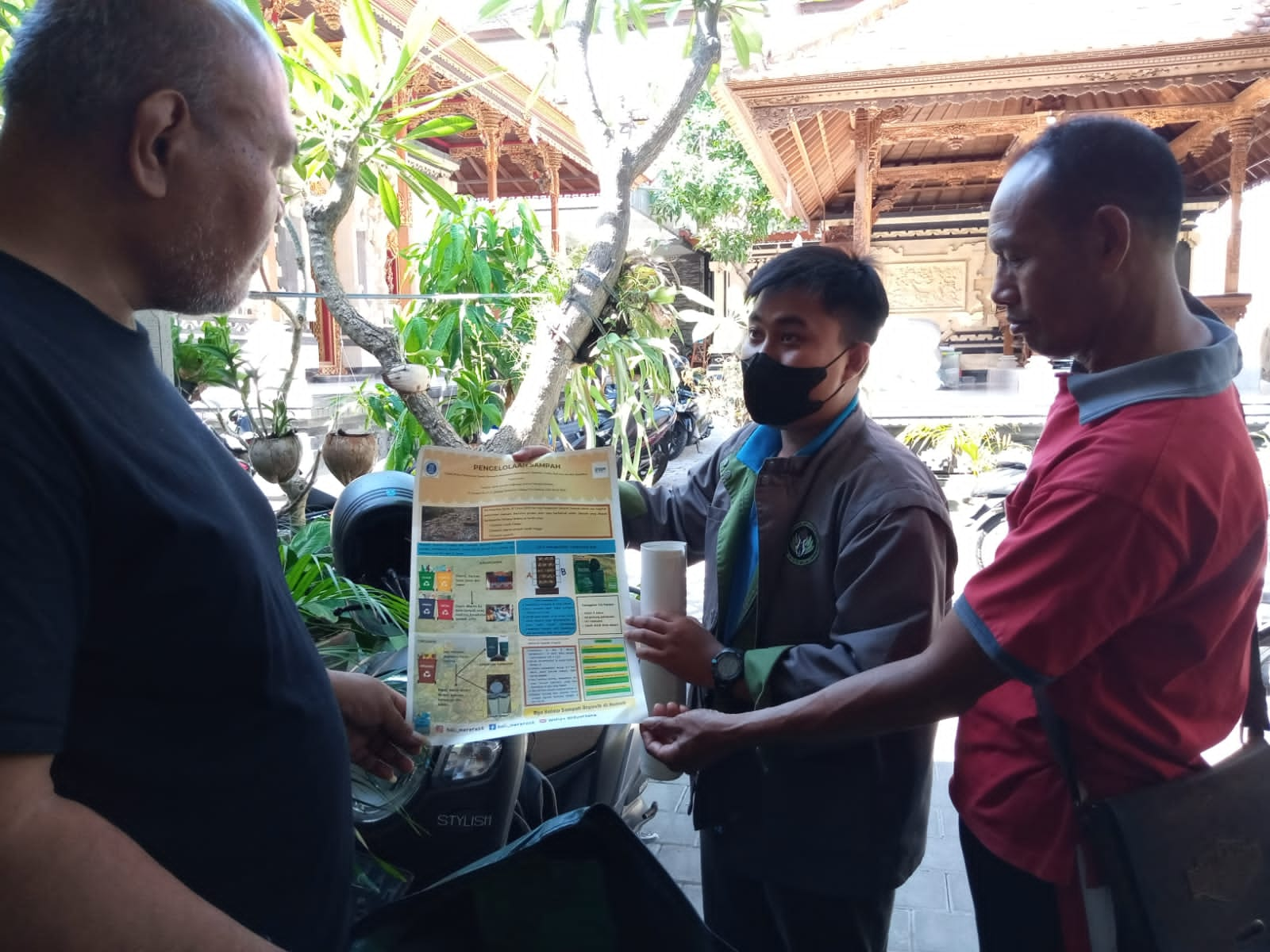ITB Designed an Independent Village Model in Indonesia Inspired by Japan's Village Development Model
By Adi Permana
Editor Adi Permana

BANDUNG, itb.ac.id – Deny Willy Junaidy, Ph.D. (the Secretary of the Community Service Division from the Institute for Research and Community Services of ITB) stated that regional community services in Indonesia must concentrate on maximizing their respective potential. The measures conducted have been acknowledged and developed by other countries via the “One Village One Product (OVOP)” concept.
“The OVOP village development concept was initiated by Morihiko Hiramatsu, the Governor of Oita City, Japan," he presented during the ITB Studium Generale public lecture on Wednesday (19/01/2022). "He was able to transform the once poorest province into an exemplary model city in Japan."
The term “OVOP” was first introduced by Hiramatsu when the Oita province underwent a mass residential exodus in 1979. Following this incident, he decided to gather representatives of each village in Oita for a meeting and discovered that each area has the prospect to be developed.
Thus, Hiramatsu was determined to support and train these representatives, encouraging them to improve their villages' economic condition. In a few years, the Oita province flourished with its growing economy. One of the fruits of Hiramatsu's efforts was developing the villages to create various products corresponding to their potential and resources. The Yuzu and Taketa Village, for instance, use their lime harvests as the source of their economy.

“When the exodus happened in Oita, Governor Hiramatsu did not immediately invite investors; instead, he held a meeting with these village representatives and supported them to utilize their regions’ potential,” he added.
Based on the phenomenon, Denny inferred that the principles of OVOP can be implemented in Indonesia. He believed that every area possesses its unique identity and specialty. As one of the universities that actively contribute to rural areas in Indonesia, ITB has applied OVOP to its 270 annual community services, ensuring these activities harness the study area's potential well.
The Institute for Research and Community Services of ITB organized these community services based on 4 categories: village empowerment, economic recovery, disaster mitigation and adaptation, as well as the creative and tourism industries. By classifying the regions into five circular sections, Denny believed he can detect the locations that require the help of community services.

“We categorize the community service sites into five circles: those near the ITB campus, West Java Province, Java Island, regions outside Java Island, and the border regions which are the furthest and considered out-of-bounds. Through this method, an even distribution of future community service programs can be achieved,” he illustrated.
At the end of the discussion, he mentioned several forms of community service ITB had successfully held that elevated the village’s living conditions situated at the borders. One of the examples is the establishment of high schools in North Kalimantan for boosting children’s education. He hoped that such an opportunity can be offered to other regions so that the problems locals frequently faced can be resolved.
Reporter: Nur Rama Adamas (Teknik Sipil, 2020)
Translator: Ruth Nathania (Teknik Lingkungan, 2019)

.jpg)

.jpg)
.jpg)
.jpg)

